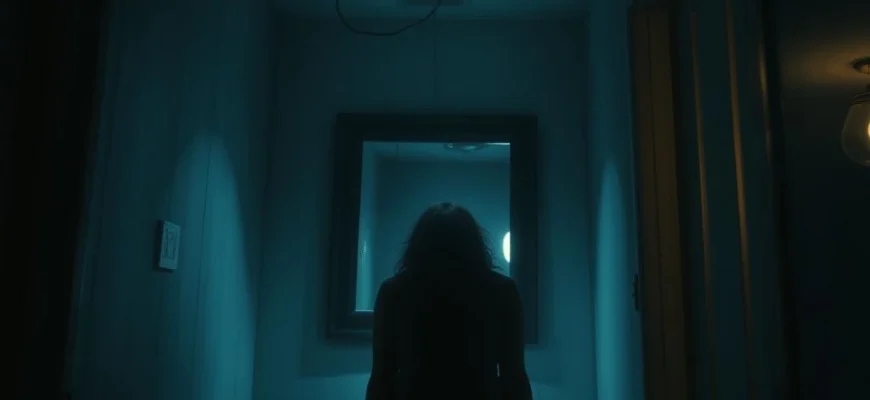If you were captivated by the psychological intensity and haunting atmosphere of The Swerve (2021), this article is for you. We’ve curated a list of 10 gripping movies and shows that share similar themes of unraveling sanity, domestic dread, and eerie suspense. Whether you're drawn to slow-burn thrillers or character-driven horror, these picks will keep you on the edge of your seat.
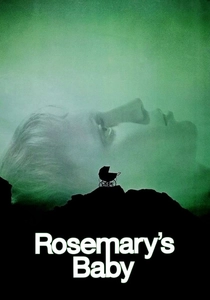
Rosemary's Baby (1968)
Description: A classic psychological horror film that delves into paranoia, gaslighting, and the fear of the unknown, much like the protagonist's descent into madness in the reference.
Fact: The film's iconic apartment building, The Dakota, is a real location in New York City and has been featured in numerous other films and cultural references.
 Watch Now
Watch Now 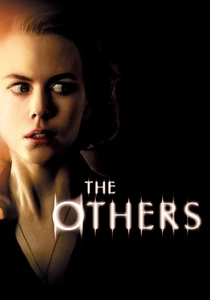
The Others (2001)
Description: A gothic horror film that relies on psychological tension and a twist ending, creating a sense of dread and uncertainty similar to the reference's atmosphere.
Fact: The film was shot almost entirely on location in Spain, using natural light to enhance its eerie, period-appropriate aesthetic.
 Watch Now
Watch Now 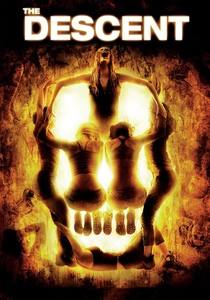
The Descent (2005)
Description: A claustrophobic horror film that combines physical terror with psychological trauma, as the protagonist grapples with grief and survival in an underground nightmare.
Fact: The film's cave scenes were shot in a studio, but the actors underwent intense physical training to simulate the grueling conditions of real spelunking.
 Watch Now
Watch Now 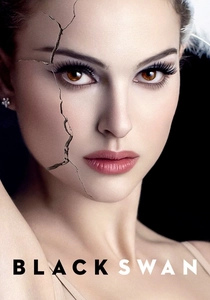
Black Swan (2010)
Description: A psychological horror film that delves into the protagonist's deteriorating mental state, blurring the lines between reality and hallucination, much like the descent into madness seen in the reference.
Fact: Natalie Portman trained for over a year in ballet to prepare for her role, and the film's intense physical and psychological demands led to significant weight loss for the actress.
 Watch Now
Watch Now 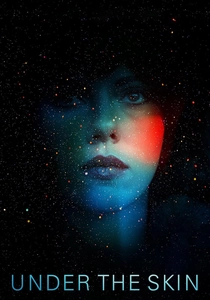
Under the Skin (2013)
Description: A surreal and atmospheric horror film that blends existential dread with body horror, creating a haunting and ambiguous narrative about identity and humanity.
Fact: Many of the film's scenes featuring unsuspecting men were shot with hidden cameras, adding to the unsettling realism of the protagonist's interactions.
 Watch Now
Watch Now 
The Neon Demon (2016)
Description: A visually stunning horror film that explores themes of beauty, obsession, and identity, with a surreal and nightmarish tone that mirrors the reference's unsettling vibe.
Fact: The film's color palette was inspired by 1980s fashion photography, giving it a unique, hyper-stylized look that contrasts with its dark themes.
 Watch Now
Watch Now 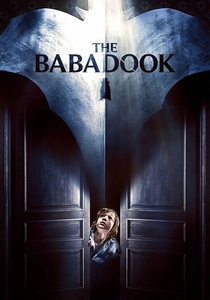
The Babadook (2014)
Description: Explores themes of grief, mental illness, and the supernatural, creating a haunting atmosphere where the line between psychological breakdown and supernatural horror is ambiguous.
Fact: The Babadook became a cultural icon and was even adopted as a symbol for LGBTQ+ rights after fans noticed parallels between the monster and the struggles of marginalized communities.
 Watch Now
Watch Now 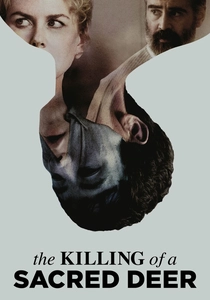
The Killing of a Sacred Deer (2017)
Description: A chilling, slow-burn thriller that explores themes of guilt, retribution, and the supernatural, with a clinical, detached style that heightens the horror.
Fact: The film's title references the Greek myth of Iphigenia, which plays a central role in the story's moral and mythological undertones.
 Watch Now
Watch Now 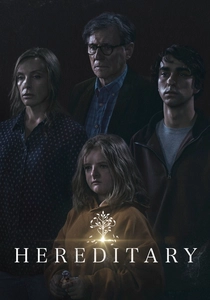
Hereditary (2018)
Description: A family drama intertwined with supernatural horror, focusing on inherited trauma and the unraveling of sanity, mirroring the psychological and emotional disintegration seen in the reference.
Fact: The film's miniature models, created by the protagonist, were actually built by the production team to symbolize the family's fragile and controlled environment.
 Watch Now
Watch Now 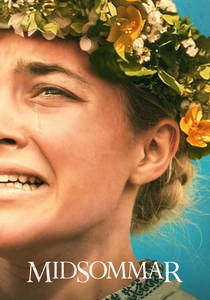
Midsommar (2019)
Description: A visually striking horror film that uses bright, daylight settings to create an unsettling contrast with its dark themes of grief, isolation, and cult mentality.
Fact: The film's script was partially inspired by the director's own experiences with a bad breakup, channeling personal pain into the story's emotional core.
 Watch Now
Watch Now 
